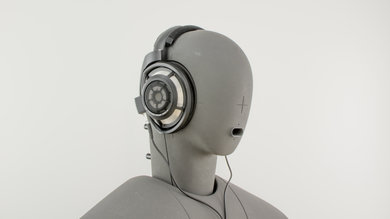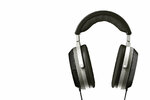I have read a lot about optical vs coaxial connections, when attaching a digital product to a DAC, so I decided to try it out, connecting both types to my Rega DAC (1. Gen).
My setup
Airport Express connected with Audioquest optical using Airplay 2.
Squeezebox Touch connected with Wireworld coaxial.
Test music using exact same albums via Deezer Hifi.
Switching input on Rega DAC made A/B test possible while playing the same song in close to sync from my iPhone and on my Squeezebox Touch.
I know Airplay 2 transcodes Deezers flac files to Alac, but theoretically the transcode should be lossless. I also know from tests found online that the jitter performance of the Squeezebox Touch is much better than what the Airport Express is capable of.
So, with that in mind, I started my listening test using headphones. Here is what I heard:
I really had to listen, with a capital L to hear any difference. I am not sure there is any. If anything, I convinced myself, I found vocals a little more focused on the Touch, the overall sound a little less harsh, with slightly(!) more body, and surprisingly, the stereo perspective a wee bit wider on the Express. But, with that being said, I am not sure if I wanted to hear a difference that really isn’t there, because I don’t think I will be able to hear the difference on my Dynaudio speakers, not even with an a/b test.
My conclusion. I will feel totally satisfied using either coaxial or optical to connect my equipment, as long as the cable is of good quality. I don’t think there is any difference worth hightlighting one connection as better than the other soundwise, besides the technical ones where coaxial handles hires, and optical does not, and where optical is immune to electric interference and coaxial is not.
My setup
Airport Express connected with Audioquest optical using Airplay 2.
Squeezebox Touch connected with Wireworld coaxial.
Test music using exact same albums via Deezer Hifi.
Switching input on Rega DAC made A/B test possible while playing the same song in close to sync from my iPhone and on my Squeezebox Touch.
I know Airplay 2 transcodes Deezers flac files to Alac, but theoretically the transcode should be lossless. I also know from tests found online that the jitter performance of the Squeezebox Touch is much better than what the Airport Express is capable of.
So, with that in mind, I started my listening test using headphones. Here is what I heard:
I really had to listen, with a capital L to hear any difference. I am not sure there is any. If anything, I convinced myself, I found vocals a little more focused on the Touch, the overall sound a little less harsh, with slightly(!) more body, and surprisingly, the stereo perspective a wee bit wider on the Express. But, with that being said, I am not sure if I wanted to hear a difference that really isn’t there, because I don’t think I will be able to hear the difference on my Dynaudio speakers, not even with an a/b test.
My conclusion. I will feel totally satisfied using either coaxial or optical to connect my equipment, as long as the cable is of good quality. I don’t think there is any difference worth hightlighting one connection as better than the other soundwise, besides the technical ones where coaxial handles hires, and optical does not, and where optical is immune to electric interference and coaxial is not.






